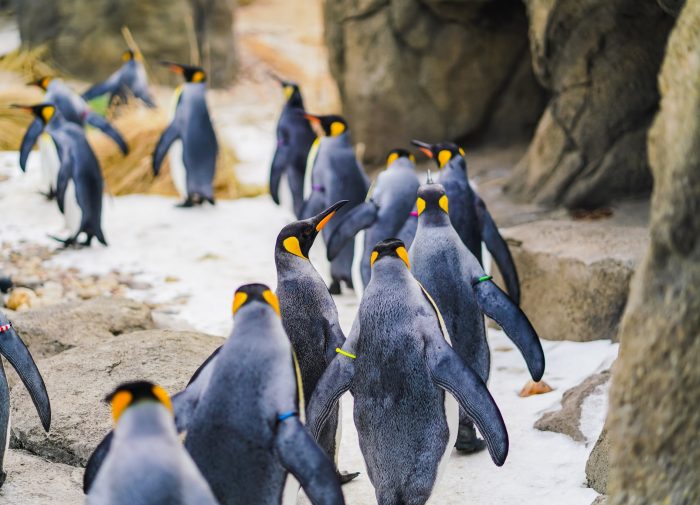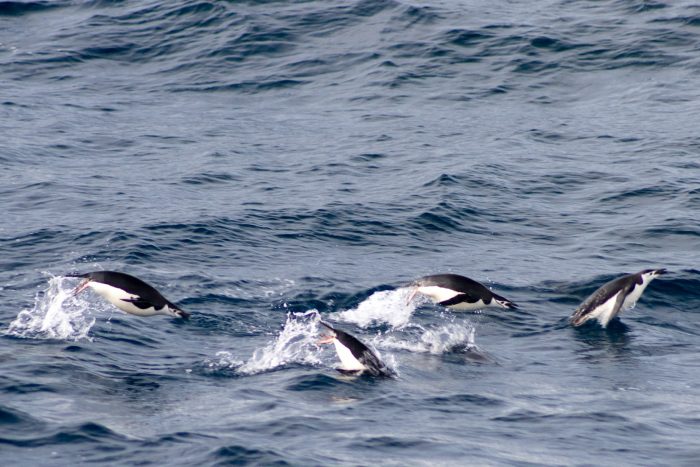
Penguins are found in many different geographical locations around the world, though it has been found they actually originate from Australia and New Zealand. A new study in journal Proceedings of the National Academy of Sciences by researchers at the University of California, Berkeley, debunked older research thinking they were from Antarctica.
The conclusions were made from analyzing blood and tissue samples from 18 different species of penguins. They used the genomic information (genes) to get a historical view which traced diversification of the penguins’ and their movement.
They have identified the origin of penguins to date back about 22-million years, the researchers suggest. Establishing the penguins emerged in cool coastal regions of Australia and New Zealand, as opposed to the bitterly cold Antarctica. then tracing king and emperor penguin ancestors moved to Antarctic waters. Most probably attracted to the abundant food supply.

The results of the study show the lineage of penguin diversification was mainly caused by changing climatic conditions and the intensification of the Antarctic Circumpolar Current.
Professor of Integrative Biology at the University of California, Berkeley, Rauri Bowie and curator in the Museum of Vertebrate Zoology at Berkeley says;
“We are able to show how penguins have been able to diversify to occupy the incredibly different thermal environments they live in today, going from 9 degrees Celsius (48 F) in the waters around Australia and New Zealand, down to negative temperatures in Antarctica and up to 26 degrees (79 F) in the Galápagos Islands.”
Professor Bowie went on to mention the effects climate change may have on penguins in the future;
“But we want to make the point that it has taken millions of years for penguins to be able to occupy such diverse habitats, and at the rate that oceans are warming, penguins are not going to be able to adapt fast enough to keep up with changing climate.”
A statement from Birkley University discusses how the genes of penguins have been able to adapt to allow them to regulate their body temperature which has allowed them to inhabit both cold climates and warmer tropical ones.
These days the birds without wings can still be found in Australia, New Zealand, South America, Antarctica, South Atlantic, the sub-Arntactic, southern Africa, Indian Ocean islands, and subtropical regions.